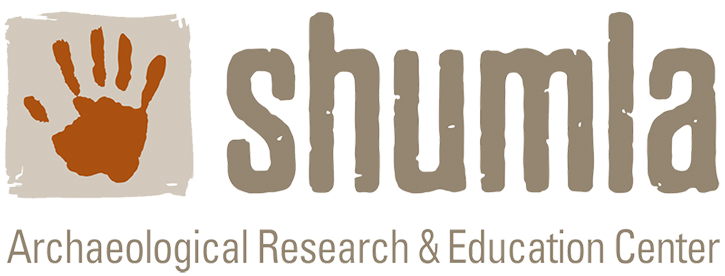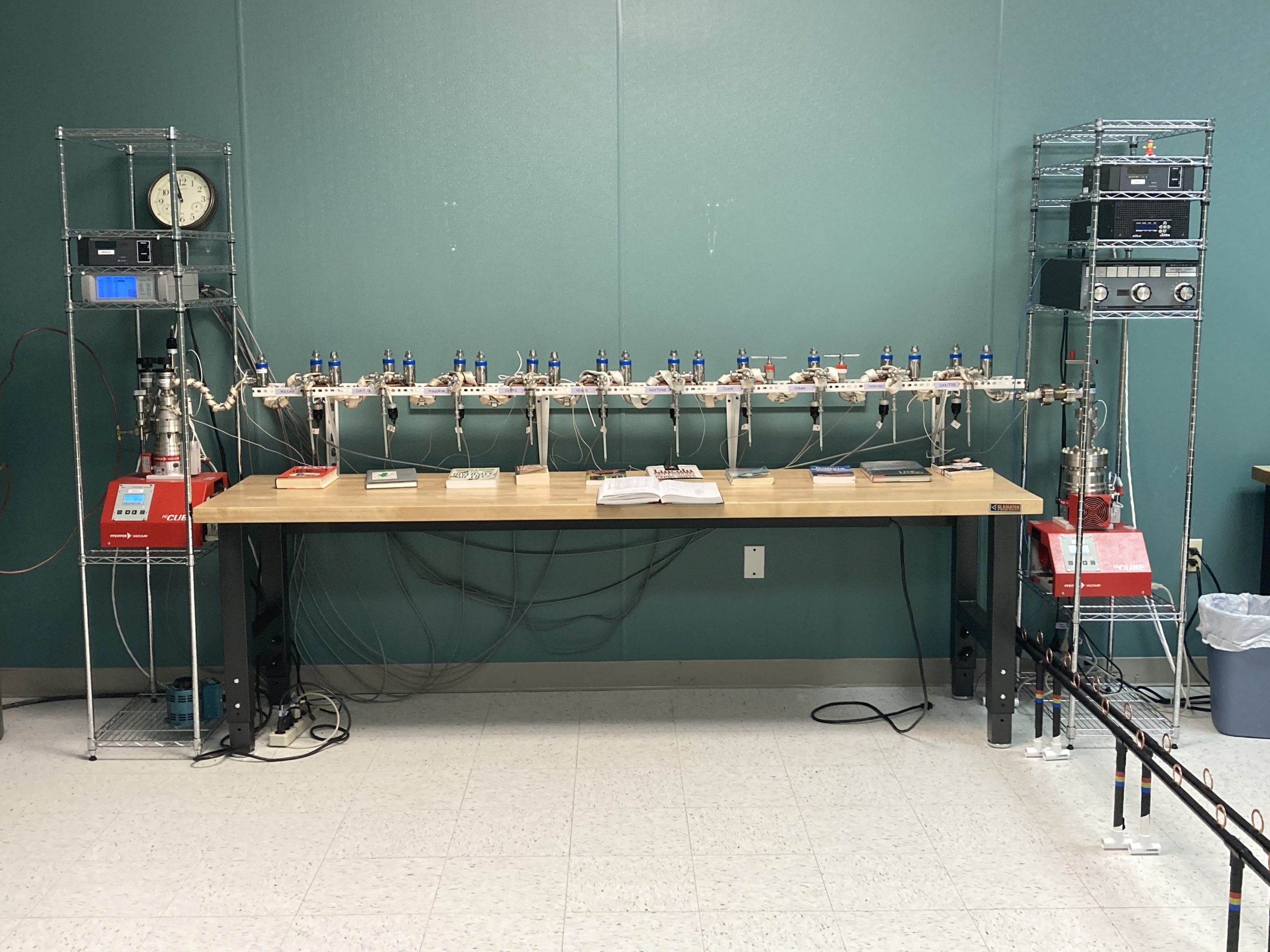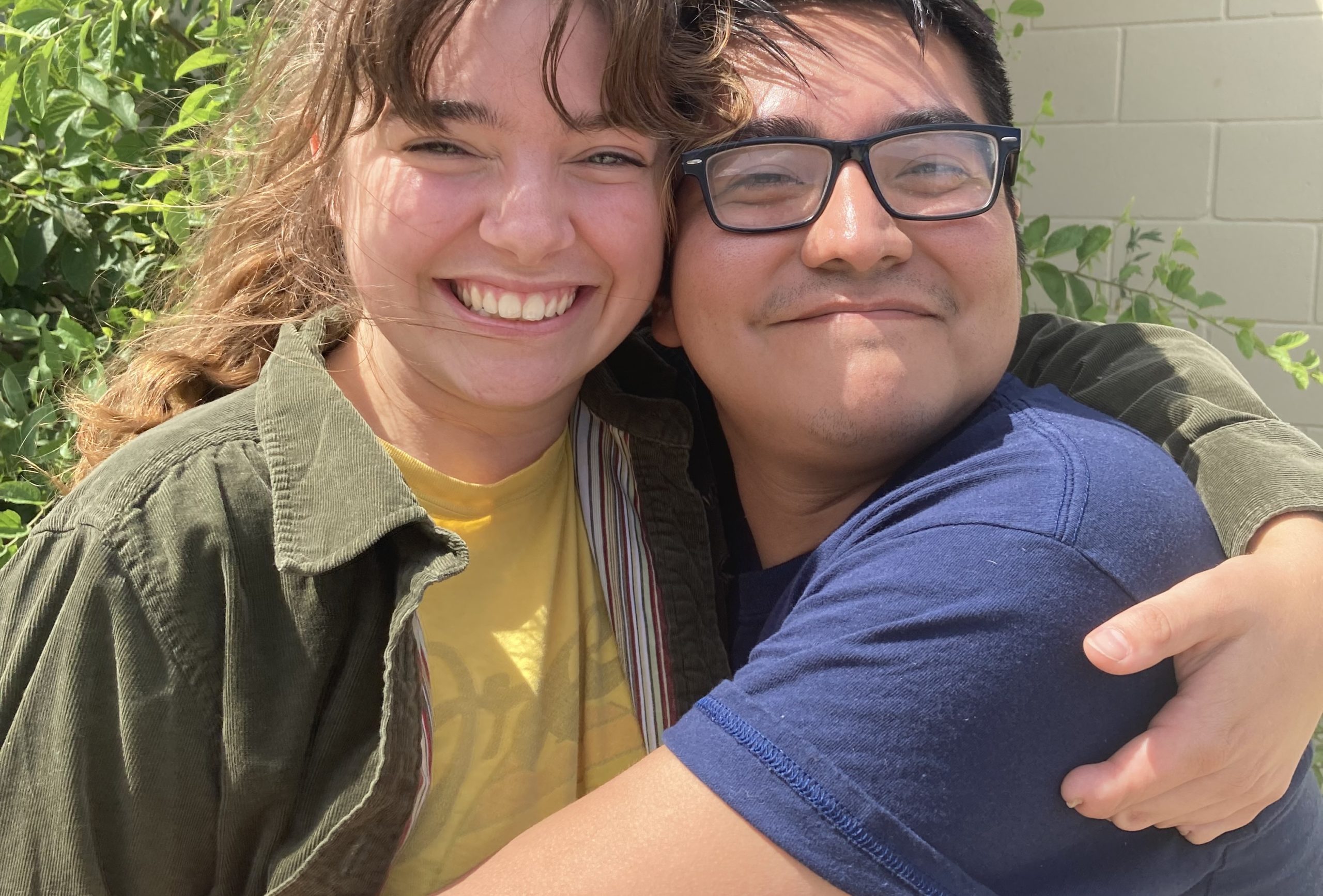Summer 2021 Shumla Internship Experience: Part 2
Before you read on, be sure to check out Summer 2021 Shumla Internship Experience: Part 1 to see how this story began!
As fun as field days are, the lab is where I truly flourished. My first month was spent learning all about the portable X-ray fluorescence (pXRF) instrument. A HUGE thank you to Texas State University, who loaned us the pXRF, vacuum, and tripod. Former intern Bec goes into the nitty gritty of what a pXRF is and does here. Therefore I’ll focus more on what was new and what we can look forward to.
This specific pXRF was special, as it allowed us to program different specifications. The pXRF also came with 4 different insertable beam filters. The filters work by blocking out fluorescent energies of certain elements. This is important as it allows us to look for smaller concentrations of elements that could be hidden. How are they hidden you ask?
Imagine you are trying to look at a hill off in the distance and there’s a large mountain in the way. The filter works by removing the interference of the mountain so that you can see the hill behind. This is how it works with the data obtained from pXRF. We read the data in the form of a graph called a spectrum that plots keV vs intensity. Without larger pesky elements in the way we can begin to uncover new elements used.
The potential for this in rock art is identifying lighter elements on the periodic table that make up things like say…clay compounds? These things that contain aluminum and silicon which as mentioned above could be potential sources for the unidentified white pigments used in rock art in the region. A portable vacuum is also needed to view light elements as well. Using the pXRF, portable vacuum and the assembled tripod – we can now gather data in situ. This is an exciting new step in answering more research questions about the rock art of the Lower Pecos!
To the lab!
While the beginning of my internship started with pXRF, it soon transitioned to sample preparation and high vacuum technology! Shumla’s Archaeological Chemistry Laboratory uses a method called plasma oxidation to extract organic carbon from paint samples for AMS radiocarbon dating.
There is a joke among archaeologists that their degree is in professional digging, well this applies to chemistry degrees too. After dissecting the high vacuum instrument at Shumla, I am now a certified nut and bolt tightener. All jokes aside, I was able to learn and research everything I could about the plasma oxidation instrument Niteo (which means “to glow” in Latin). Using this instrument, Shumla can process up to 10 different paint samples/backgrounds at a time. For reference, we are now doing about a month’s worth of samples in the timespan of a week.
Check out these past blog posts to learn about Shumla’s plasma oxidation laboratory:
From leak tests, adjustments to pulling it apart and putting it back together, it was a huge learning opportunity. At the beginning, I can’t lie, I was intimidated by this hulking metal instrument. However, Dr. Steelman is a great mentor and before I knew it – I could run the instrument from start to finish! Some days at the lab felt like a mad scientist’s lair – there was liquid nitrogen, the faint pink/blue hue of plasma lighting the lab, Tesla coils and welding torches. I never felt more excited to be a chemist than in those moments.
When I was not working with the pXRF or running Niteo, I was also learning how to process the paint samples and backgrounds under the stereoscope. This was all done to prepare future samples for potential pre-treatments and plasma oxidation.
The last few weeks of my internship truly flew by. From lab work to reading all I could about the rock art, the internship had come to an end. While here I have learned so many valuable traits and hold this experience very near to my heart. I have met some amazing people, a community of scholars and researchers that connect so much to the rock art left behind. If you get a chance, please come see the work that is being done out here. Take a day trip to Seminole Canyon State Park or sign up for Shumla Treks to see some rock art that is not open to the public. Just be careful, you might end up with a stray cat or two.
Thank you so much to Shumla. To Audrey, Tim, Diana, Missy, Vicky, Jerod, Emil, Jessica, Carolyn, Phil, Veronica, Brittany and of course Dr. Steelman. You have all made my summer in Texas one of the best and I can’t wait to come back to and see all of you and maybe a few rock art sites or two.





0 Comments